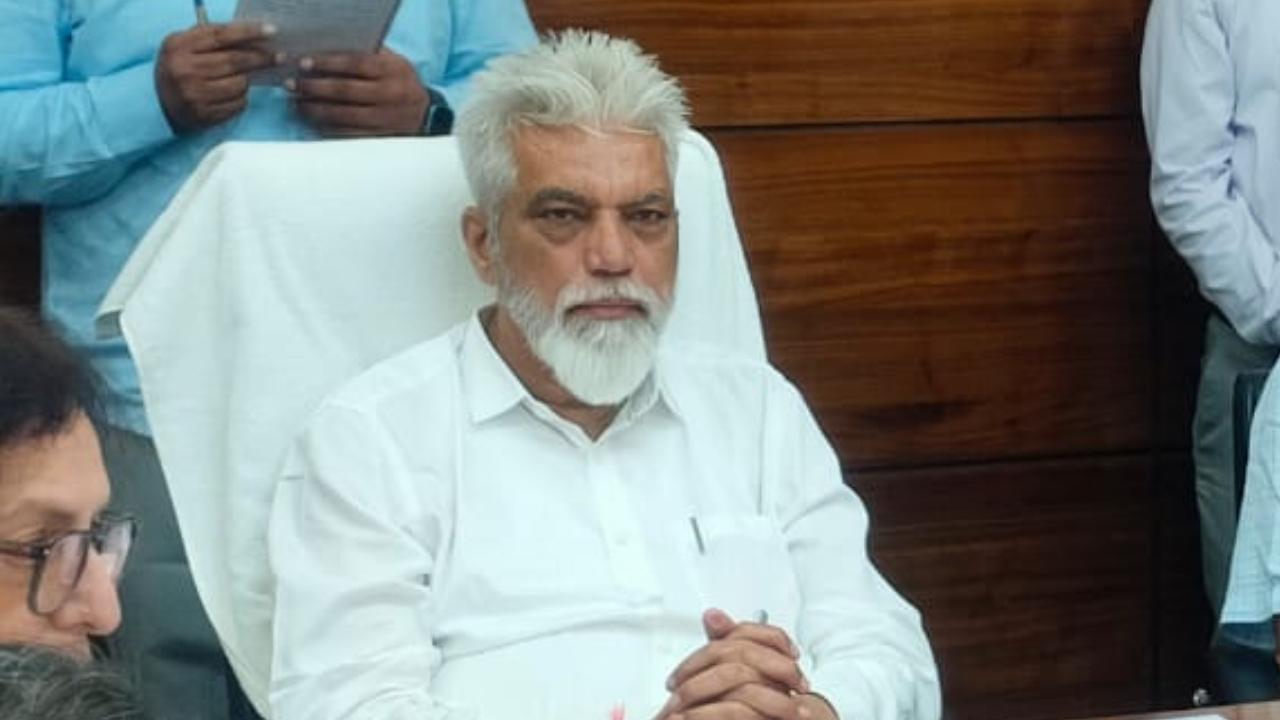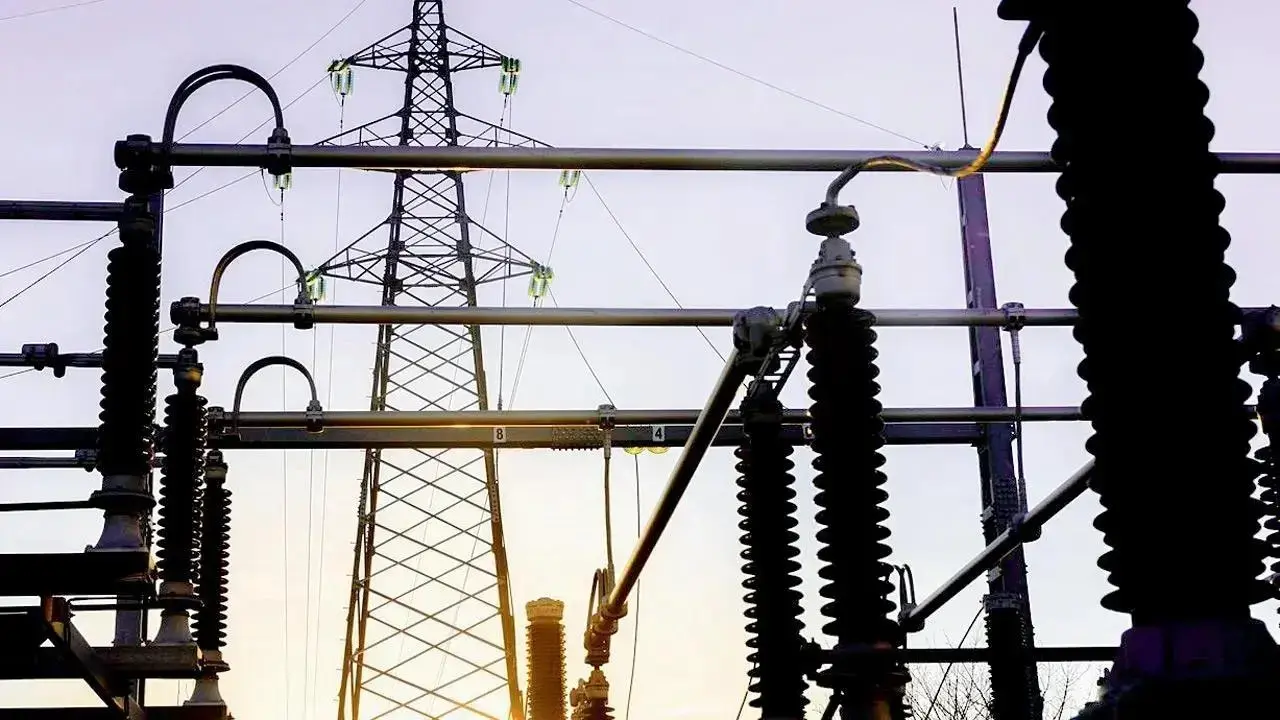Mumbai came to a halt on Friday after Maratha quota agitation leader Manoj Jarange began an indefinite hunger strike at Azad Maidan. Supporters from across Maharashtra poured into the city in large numbers, leading to chaos on the roads. While Jarange appealed for a peaceful protest, many supporters blocked roads, stopped ambulances and police vehicles, and allegedly abused motorists and cops, leaving Mumbaikars fuming.
Since Thursday night, Jarange’s supporters had started arriving in Mumbai, with many seen sleeping inside Chhatrapati Shivaji Maharaj Terminus (CSMT). Most travelled by train or road, carrying gas cylinders, groceries and cooking food on the street outside the BMC office.
Jarange began his hunger strike at 9 am on Friday and urged supporters not to block traffic, asking them to park vehicles only in designated areas. However, protesters defied the instructions and blocked all major roads around CSMT, bringing traffic to a crawl.
Many motorists said they were stranded for three to four hours. Protesters were seen blocking roads to sleep on them, climbing onto vehicles, and confronting commuters. The police made repeated announcements over loudspeakers, but the crowd refused to disperse.
‘Stuck for hours’
Vinayak Shankar, a Byculla resident, told mid-day, “I was stuck in traffic for almost three hours. Protesters climbed onto my vehicle and abused me. This is not the way to protest. They should adopt Gandhian methods. One protester even threatened to damage my car if I tried to move. Normally, it takes me 15 minutes to reach CSMT, but today I was stuck for three hours.”
He added, “Some protesters lay down in front of my car. One banged on my bonnet, and I had to plead with him not to damage my vehicle. Many hurled abuses at me. I felt completely helpless.” A taxi driver, Manish Mandal, said, “I’ve been stuck for three hours and managed to earn only Rs 100 since morning. I run a rented taxi, and this affects me badly. Protesters should not block roads and stop us from working. This is not the way to agitate.”
Vinayak Shankar, Byculla resident; (right) Manish Mandal, taxi driver
‘Won’t leave Azad Maidan’
Meanwhile, Jarange addressed the media from Azad Maidan, declaring: “I will not retreat until my demands are fulfilled. Even if I am shot dead, I will not leave Azad Maidan. The government must accept our demands.”
The Maratha community is demanding 10 per cent reservation under the Other Backward Class (OBC) category, with eligibility for quotas in government jobs and education.
Commuters overwhelmed
What began as a show of strength by the Maratha Morcha on Friday quickly spiralled into a day of chaos for lakhs of daily train commuters. Instead of a disciplined demonstration, the protest saw groups of supporters crowding into suburban trains without tickets, clambering on and off moving rakes, and in many cases, using the agitation as an excuse to roam the city’s popular hangouts rather than gathering at the designated protest sites.
Train travel throughout the day on the Central Line had turned into a nightmare. Trains were jam-packed not just with office-goers but also with large groups of protesters who had boarded the locals. Commuters described the journey as “unbearable” with compartments overflowing and platforms choked. “We were scared to even get inside the train at Dadar, looking at the hooligan behaviour. When we finally managed, there was no space to breathe,” said Abhishek Narayanan, who was travelling from Dadar (Central Line) to CSMT for work.
The female commuters faced even more challenging situations as the protesters, not having knowledge of local train reservations, barged into the ladies` coach. “Despite our making loud announcements about which compartments were reserved for ladies, they did not listen. We had to physically make them de-board the train each time a train arrived at CSMT,” said Inspector Vikram Dongre, who is deployed at CSMT.
Sharing frustration, Mahi Gupta, who was travelling from CSMT to Thane, told mid-day, “We have seen protests earlier. But this was way beyond imagination. They did not know how to travel by local trains, and in which compartments to get in. It was extremely inconvenient to travel during peak hours, especially with heavy bags.” Another commuter, Shalini Majumdar, said, “Travelling on the Central Line is anyway a herculean task. But the additional rush of protesters made it more difficult. Generally, the rush is less during Ganesh Chaturthi as a lot of people visit their native place. But on Friday, it was more crowded than other days and that too with people who had no idea of local train travel.”
Total chaos
There were also instances of protesters falling off the trains as they tried to enter and de-board running trains.
A striking aspect of Friday’s Morcha was the blatant use of trains without tickets. Groups of young men were seen openly boasting about travelling for free. “Why should we pay? This is our day, our protest,” one of them told fellow passengers at CSMT.
While the heart of the protest was meant to be at the designated gathering points, a large number of participants were spotted at Marine Drive, turning the iconic promenade into a picnic ground. Groups of young supporters lounged along the seafront, clicking selfies, eating snacks, and chanting slogans intermittently.
Residents and office workers in South Mumbai were left baffled. “Instead of staying at Azad Maidan or marching as planned, many of them simply came here to hang out. It looked more like a picnic than a movement,” said Darshana Mystery, who works at one of the offices at Nariman Point.
A protester told mid-day, “We are here to support the hunger strike by Jarange Patil, but this also becomes our only chance to explore Mumbai.”
By 4.00 pm, 21 roads in Mumbai saw diversions, curtailments, or closure of BEST bus routes due to the Maratha Morcha, affecting over 60 bus routes across different depots.
While some protesters chose to have meals at various eateries, including McDonald’s, some fed themselves at the stalls outside St George Hospital. Some even went ahead and cooked their own meals on the footpath using gas cylinders and mini stoves, creating a fire hazard.
Schools end early
“Students from JB Petit school were picked up at 6.58 am, as usual. However, it became 8.45 am by the time they reached CSMT. Seeing the traffic, the students were taken to school on foot with the school bus staff chaperoning,” said a school bus driver.
Given the situation on the streets, the school let the students leave by 10.45 am. However, the school bus driver managed to drop all the kids home only by 3 pm. Around noon, vehicles were taking an hour to cover the stretch of Mahanagarpalika Marg, from St Xavier`s College to CSMT.
Camps set up
Arriving in great numbers, the protesters came prepared to set up camp. Commonly, 15-20 protesters arrived on tractors and in trucks, carrying LPG cylinders, stoves, and groceries that would suffice for a month.
Shubham Ghadge, 29, a journalism student from Baramati, arrived with 15 people and a kitchen set-up on Friday morning. By 12 pm, Ghadge had set up his appliances and began preparing meals for his companions on the pavement next to the Mahanagarpalika building.
Like Ghadge, several protesters had arrived with their own LPG cylinders and makeshift setups, while the rest scrambled to get hold of food packages and vada pavs distributed by Morcha volunteers.
‘No facilities’
Many protesters did not know where and how to access the washrooms. Protesters were seen knocking at restaurant doors and using facilities at CSMT.
“There are no facilities for the protesters whatsoever. We have rented a room to relieve ourselves, but we do not think that is sustainable. There are no public bathrooms for the protesters to use,” said Angad Naner, a protester from Parbhani.
During the second half of the day, as the rains began lashing the city, many took shelter at CSMT, subways, outside the BMC office, and in covered pockets next to Azad Maidan.
Some relief
To address the needs of the crowds, the Brihanmumbai Municipal Corporation (BMC) made all the ‘pay and use’ public toilets in the vicinity of Azad Maidan free of charge for a day, in addition to setting up 29 temporary toilets inside Azad Maidan.
Moreover, three other mobile toilet units, each with 10 toilet seats, were made available at MG Road, and 12 portable toilets were made available near the Metro site. The BMC also provided six tankers for drinking water.
In light of the rain, to prepare Azad Maidan for the protest, the access road was levelled with two tuckloads of gravel. Civic authorities also set up a first-aid room at Azad Maidan, and a ‘108’ ambulance has been kept on standby.
9am
Time Manoj Jarange began his fast at Azad Maidan on Friday
By Shirish Vaktania, Ritika Gondhalekar and Aditi Alurkar and with inputs from Rajendra B Aklekar and Eeshanpriya MS











